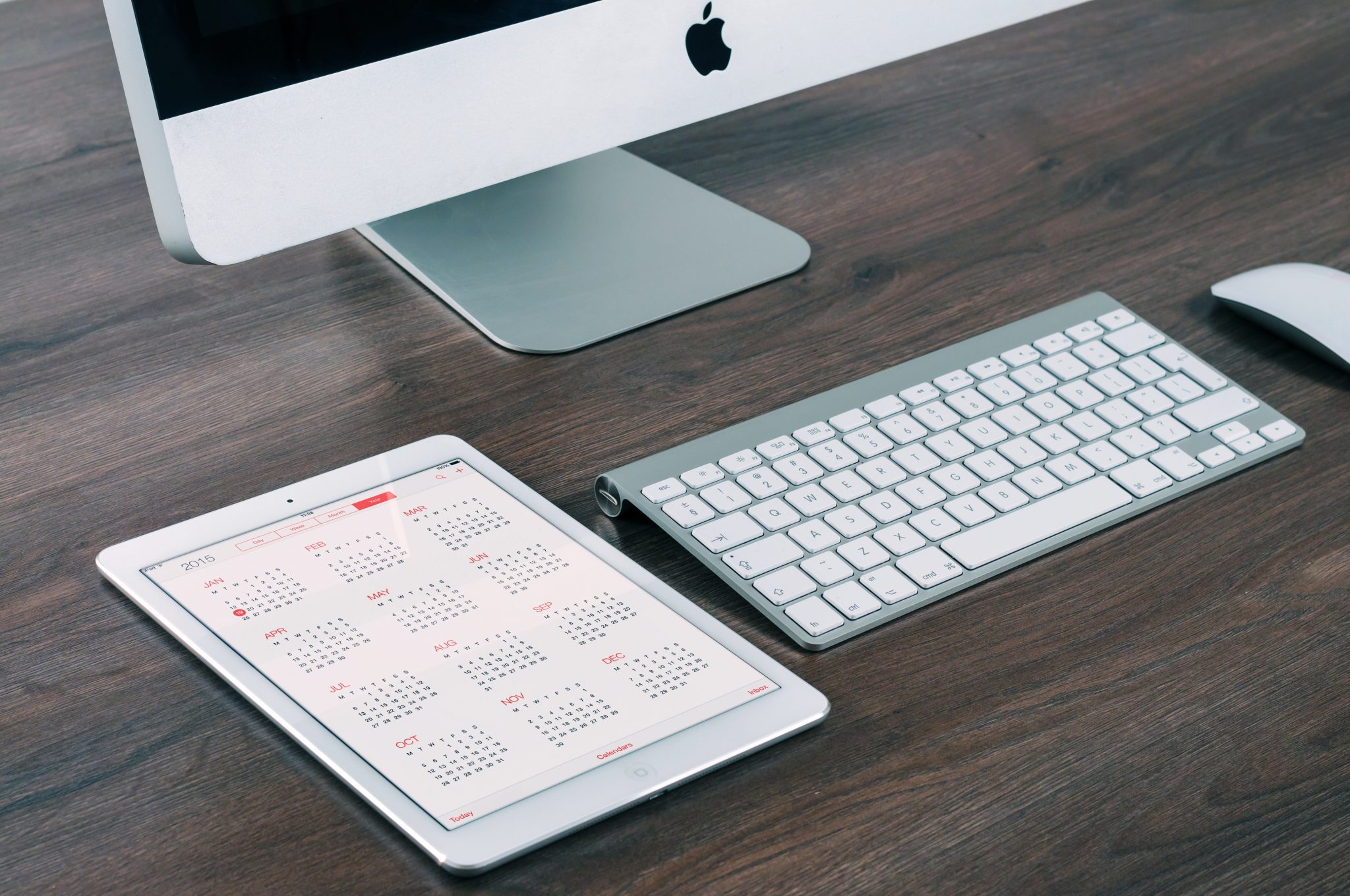Although this may seem like a modern concept, “work-life balance” was popularized in the 1970s and 80s. The idea? Stressed baby boomers were attempting to balance work, family, and other things. However, due to shifting generational experiences, HR leaders have reevaluated the term. According to Forbes, Gen X is big on balance, embracing remote work trends and using PTO for family and work.
However, Forbes reports that as millennials rise through the ranks, “they are more interested in finding a career path that will support their’ lifestyle,’ which in this context means their life outside of work.” As such, millennials, along with Gen Z, are looking for companies and jobs that support their lifestyles. By doing this, you flip to the more traditional way of finding a job and then building a life around it.
Of course, in the wake of the COVID-19 pandemic, every generation wants a better work-life balance. Besides pay raises, flexible working hours and remote working are the three most important factors for workers.
What’s more, work-life balance isn’t just about attracting talent. It’s retaining them. And, that’s more important than ever.
As part of the “Great Resignation,” 4.53 million Americans quit their jobs in March 2022. It beat the previous series high of 4.51 million recorded in November 2021, according to the Department of Labor’s Bureau of Labor Statistics. While that has since decreased to 4.3 million in July 2022, this should remain a top priority for employers.
When employers support their employees’ work-life balance, they can enhance employees’ healthy lifestyles and keep them on board.
What is Work-Life Balance?
Achieving a work-life balance means maintaining a healthy separation between work and personal life. It’s hard for some employees to spend enough time in each area. This is especially if they work overtime, commute a lot or have a lot of personal responsibilities.
Some companies have procedures and benefits that help employees balance work and life. Here are some companies who have perfected the art of work-life balance:
- Asana offers 16 weeks of paid parental leave, flexible PTO, and a four-year sabbatical program.
- Medidata provides employees with unlimited personal time off, wellness programs, and flexible work time.
- Dolby gives many U.S. employees every other Friday off.
- Outbrain offers its team a free gym membership and access to telehealth. Also, they give employees 31 days off a year, including 13 holidays and 18 personal time off days, unlimited sick days, and a $300 work-from-home allowance.
- As part of Riskified’s Global Recharge Program, employees are encouraged to take two weekends every year to shut their computers off and recharge to prevent burnout.
Why is Work-Life Balance Vital to Employee Retention?
Work-life balance is rated highly by 10% of employees, which increases their likelihood of remaining at the company. Additionally, Kronos’ Employee Engagement Series found that 95% of HR leaders admitted employee burnout contributes to workforce turnover.
In contrast, employees may feel overwhelmed and burnt out when work-life balance is off. They may even have difficulty reaching their goals. Even remote workers aren’t immune to this. About half of employees say they’re burnout while working from home.
Work-life balance can be supported by flexible work hours, remote working options, and telecommuting. As a result, productivity will increase, and costs will decrease. Moreover, a healthy work-life balance can lead to;
- A higher level of job satisfaction. Companies that support work-life balance have less burnout and other performance problems. Healthy work-life balance lets employees enjoy their jobs, as well as their personal lives.
- Increased engagement. Engaged employees are happier at work. Focusing on projects rather than work stresses makes employees more productive, efficient, and effective at networking.
- Fewer sick days. Employees are less likely to become sick when they have time to rest and relax.
- A greater sense of commitment to work. It’s easier to meet goals if team members are supported in achieving work-life balance. As a result, they perform better at work and have a greater chance of getting promoted.
- Health and wellness are improved. It is common for employees to feel happier, healthier, and more fulfilled when they can balance work and life responsibilities. A healthy lifestyle and a low level of stress are important factors that contribute to a long and healthy life.
- Improved collaboration. Respect and support often create a higher level of innovation and collaboration among employees.
Work-Life Balance and How to Measure It
An easy way to measure work-life balance? According to Calm, let your people respond anonymously to brief surveys. If you’re planning a survey, make sure it covers all aspects of work-life balance:
Individual.
These types of questions focus on issues of personal satisfaction, priorities, well-being, and meaning. Examples include:
- Would you rate your overall well-being as good or bad?
- How meaningful do you find your work on a scale of 1 to 5?
- In terms of work-life balance, how satisfied are you?
Organizational.
You can use these questions to understand how your employees feel about workloads and time spent. In addition, you should consider how the policies and practices of your organization may affect work-life balance. Among them:
- Do you often work overtime?
- How supportive is your manager?
- Is there anything we can do to improve your work-life balance?
Home.
Here are personal questions about work’s impact on personal life, residual stress, sleep habits, time sacrifices, and family life. Some examples are:
- On an average work night, how long do you sleep?
- Are you satisfied with that level of sleep?
- When does work take precedence over personal or family time?
- From 1 to 5, how much stress does work bring home?
A survey cannot perfectly capture a topic as complex and nuanced as the work-life balance. Over time, however, the same questions can reveal underlying trends and issues.
How You Can Support Employee Work-Life Balance
Offer flexible working arrangements.
“People don’t want a full, nine-to-five day of meetings,” Brian Elliott, executive leader of the Future Forum, tells Fortune. “They want the flexibility to turn off notifications when it’s right for them. Maybe for caregivers, it’s the flexibility to log off from 3 p.m. to 8 p.m., and then come back and do some heads-down work after the kids are in bed.”
An overwhelming 95% of knowledge workers want flexible hours more than hybrid work. However, flexible work arrangements can take many forms, including:
- Remote work. The COVID-19 pandemic has made working from home a necessity for most office workers, as opposed to a nice-to-have perk.
- Flextime. A flexible work arrangement gives employees options for structuring their days or weeks. It is rare, though. for employees to decide when and how long they work. Flexibility in work arrangements generally means employees must work certain core hours during the workday. However, they can choose their own start and stop times (within specific parameters).
- Compressed workweek. This arrangement requires employees to work the average number of hours for fewer than five days. Compressed workweeks are often referred to as 4/10s, in which employees work four 10-hour days instead of five eight-hour days.
- Job-sharing. Two permanent employees hold shared jobs. Depending on how much of the job each worker shares, salary, and benefits may be prorated. To make a job-sharing arrangement successful, both employees must be qualified for the job and be able to work together effectively.
- Less than 40 hours. Suitable for employees who want a limited work schedule. A typical work week consists of 20 to 29 hours. However, employees can sometimes choose which days to work and for how long.
Ensure paid leave is available.
Allow your employees to use their PTO for illnesses, personal time, and vacations. Employees can utilize their PTO as they see fit when managing their leave time. This is an alternative to worrying about using too many sick days or not enough vacation time.
Provide childcare services.
A childcare solution on-site can be a great benefit if you have staff who are parents. After all, there are many scenarios where parents have to find childcare for their young kids. For example, if the babysitter gets sick, the parent will have to call out.
The presence of an on-site daycare can help ease these concerns. Additionally, it provides peace of mind for parents knowing their kids are secure and close by.
Provide temporary childcare during summer break or other inclusive holiday seasons if this isn’t a full-time option for your workplace.
Limit carryover.
What can you do to encourage your employees to use their PTO? First, establish a limit on how many days or hours they can carry over from year to year.
Why set limits? The goal is to let your employees know that you expect them to spend time with their families during their time off from work. Or, as an alternative to stockpiling PTO for later, they may rest or manage their personal obligations.
Time off should be respected.
Please respect your employees’ time by not emailing or calling them while they are on PTO. Company-wide expectations should be set that you’ll leave work at the end of the day. The same applies even if you’re off work due to illness and you’re not expected to communicate with other employees or get any work done at home.
Also, do not contact employees during non-working hours. Because flexible hours make this more difficult, you could ask them to share their calendar with you. Of course, you shouldn’t demand this. But, it can ensure that you aren’t bothering them when they’re not working.
Sponsor family activities.
Organize bonding activities regularly for your employees and their families. For example, organize an after-work happy hour or a Saturday family picnic on Friday after work.
Doing this will encourage your employees to get to know one another better. In addition, they can enjoy an activity with their family without being pressured by work. Remember that camaraderie at work and high morale contribute to employee retention.
Control the flow of work.
Balance your employees’ hours during busy and slow seasons if your company experiences both. If so, consider reducing hours if you know your employees will need to work overtime during a busy few months. Another option? In lower seasons, offer additional PTO to help employees balance work and family obligations.
Before allocating work, it’s essential to understand how much each employee, individually and collectively, can handle if work is consistent throughout the year. Using an effective project management tool to track your employees’ work hours is the best way to accomplish this. By comparing the time logs, you can determine how efficient each employee is. Or, you could just ask them what their capacity is.
Also, make sure that you set reasonable deadlines and allocate work evenly.
Respect their time.
Finally, be respectful of their most valuable resource; their time.
Let’s say that you have a meeting at 2 p.m. It doesn’t matter if it’s in-person or through Zoom. What really matters is that you’re ready at the exact time. If you show up 10-minutes late, that could eat into your employee’s personal time. Maybe they have to pick their child up from school or have a doctor’s appointment.
If you are going to be late, give them a head’s up. Of course, the worst-case scenario is that you’ll have to reschedule the meeting. But, it’s better than earning the reputation of someone who misuses other people’s time.
Image Credit: Energepic.com; Pexels; Thank you!
A Work-Life Balance Will Help You Keep Employees was originally published on Calendar by John Hall










